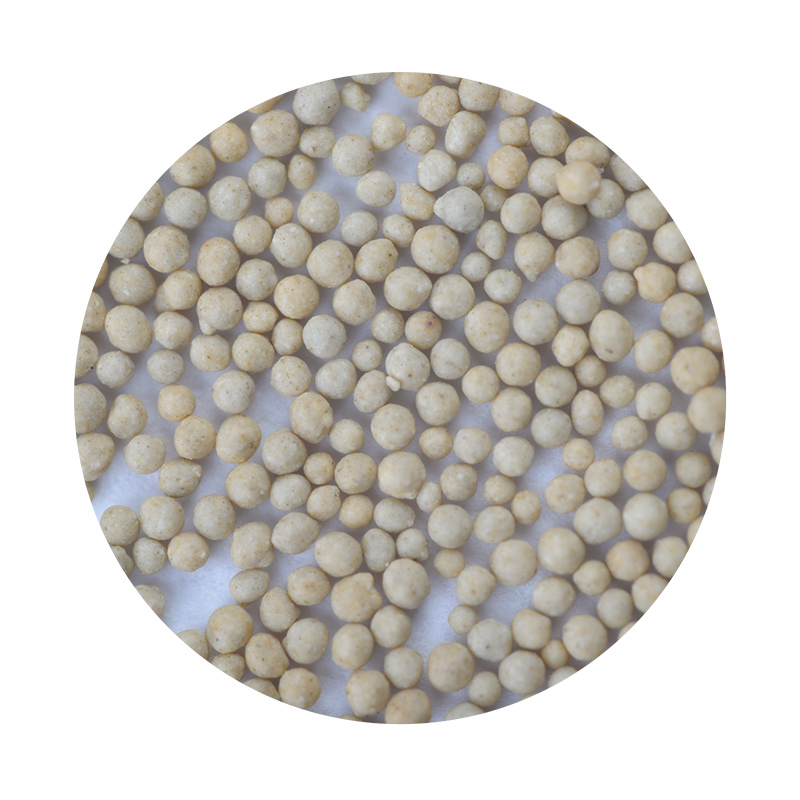Understanding Sand Casting A Traditional Metalworking Technique
Sand casting, one of the oldest and most versatile metal casting processes, has been a cornerstone of the manufacturing industry for centuries. This technique involves creating a mold from sand and then pouring molten metal into this mold to form components of various shapes and sizes. Its wide applicability spans different industries, from automotive to aerospace and even artistic endeavors. This article explores the intricacies of sand casting, its advantages, and its significance in modern manufacturing.
The Sand Casting Process
The sand casting process consists of several key steps
1. Pattern Making The first step in sand casting is creating a pattern that replicates the desired final product. This pattern can be made from various materials, including wood, metal, or plastic. The accuracy of the pattern is crucial, as it will determine the shape and dimensions of the final casting.
2. Mold Preparation Once the pattern is ready, it is used to create a mold. The mold is typically made of a mixture of sand and a binding agent, which can be clay or resin. The sand is packed around the pattern, which is then removed, leaving a cavity in the shape of the desired part.
3. Melting the Metal The next step involves melting the metal that will be poured into the mold. Common metals used in sand casting include aluminum, iron, and bronze. The metal is heated in a furnace until it becomes molten, reaching temperatures that can exceed 1,500 degrees Fahrenheit (800 degrees Celsius).
4. Pouring Once the metal has reached the appropriate temperature, it is poured into the mold through a pouring basin or sprue. Care must be taken during this step to avoid introducing impurities or defects into the molten metal.
5. Cooling and Solidification After the mold is filled, the metal is left to cool and solidify. The cooling time can vary depending on the metal used and the thickness of the casting.
youtube sand casting

6. Mold Removal and Finishing Once the metal has cooled, the sand mold is removed, revealing the cast part. This cast may require additional finishing processes such as sandblasting, machining, or heat treatment to achieve the desired surface finish and mechanical properties.
Advantages of Sand Casting
One of the primary advantages of sand casting is its flexibility. It can be used to produce large and small quantities of parts, making it suitable for both mass production and one-off projects. The technique is also cost-effective, as the materials required for sand molds are relatively inexpensive, and the process can be easily scaled.
Another significant benefit is the ability to cast complex shapes that may be difficult or impossible to achieve with other methods. The sand can conform to intricate patterns, allowing for detailed features and designs. Additionally, the high melting point of metals used in sand casting enables the process to cater to a broader spectrum of materials.
Applications of Sand Casting
Sand casting is widely used across various sectors. In the automotive industry, it is common for producing engine blocks, transmission cases, and other critical components. The aerospace industry also utilizes sand casting for creating lightweight structural components. Beyond industrial uses, artists and sculptors often use sand casting techniques to bring their creative visions to life by casting sculptures and decorative items.
Conclusion
In an age of rapid technological advancement, sand casting remains a vital technique in metalworking. Its unique characteristics, including versatility, cost-effectiveness, and the ability to create intricate designs, continue to make it relevant in modern production settings. Whether in an industrial plant or an artist's studio, sand casting is a process that exemplifies the marriage of tradition and innovation in manufacturing. Understanding this technique not only highlights its significance in today’s world but also paves the way for future developments and applications in the realm of casting and machining.
Post time:Oct . 22, 2024 03:15
Next:what materials are used in sand casting
